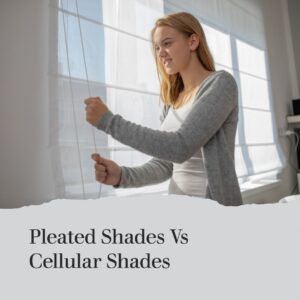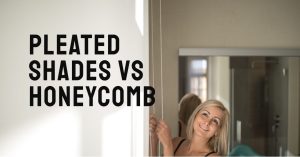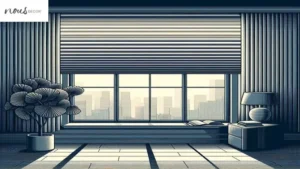Deciding between cellular shades vs curtains for your windows can be a daunting task. With so many factors to consider, such as aesthetic appeal, privacy, light control, insulation, maintenance and durability, it can be difficult to know which option is the best one for you.
In this article, we at Nousdecor will compare both cellular shades and curtains in terms of these features so that you can make an informed decision as to which window covering is right for you.
Key Takeaways of Cellular Shades Vs Curtains
- Cellular shades offer better insulation and durability than curtains.
- Curtains provide more options for color, texture, and design.
- Cellular shades are easier to install and require less maintenance.
- The decision between cellular shades and curtains ultimately depends on individual needs and preferences.
Aesthetic Appeal
When it comes to aesthetic appeal, one of the various window treatment choices out there being cellular shades will give you the perfect balance of modern style and classic grace – perfect for any room in your home!
The streamlined, tailored look of cellular shades can fit with any décor from traditional to contemporary. Plus, they come in a variety of colors and textures to match your taste and style. Additionally, cellular shades can be motorized so that you can control light levels and privacy at the touch of a button or voice command.
Curtains typically offer more color choices than cellular shades, since they are often made from fabrics such as cotton, linen or velvet. Curtains also provide more texture options such as pleats, ruffles and folds which add an element of sophistication to any space.
However, curtains do not offer the same level of light filtration as cellular shades so if you’re looking for maximum control over how much natural light enters your room then they may not be the best choice for you.
In terms of ease-of-use though, cellular shades have curtains beat hands down. They’re easy to install and require very little maintenance compared to curtains which need regular washing and ironing if they’re going to stay looking their best.
With this in mind, when it comes time to decide between cellular shades vs curtains for your windows – consider both function and style before making your selection! Moving on then to another important factor: privacy.
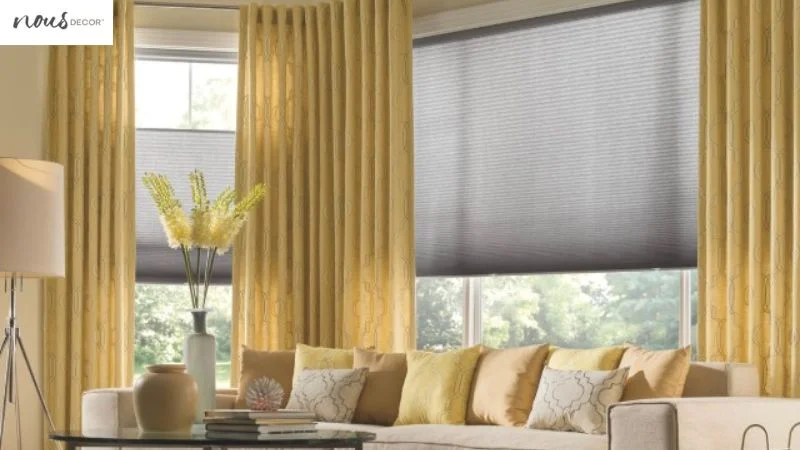
Privacy
Don’t let nosy neighbors get a glimpse into your home – try transforming your space with window treatments that provide the ultimate privacy! When comparing cellular shades versus curtains, there are several key differences to consider:
- Cellular shades offer more flexibility when it comes to visibility. With semi-private and room-darkening materials, you can completely control how much visibility is allowed through the window.
- Curtains come in a variety of fabric weights and colors but don’t offer the same amount of light-blocking capabilities as cellular shades do.
- Cellular shades also have better insulation properties than curtains, so you can save on energy costs while getting superior privacy protection.
Ultimately, when it comes to providing privacy for your home, cellular shades make a great option due to their ability to block out unwanted light and reduce visibility from outside sources. Plus they’re cost-effective and easy to install – what more could you ask for?
Moving forward with this comparison, let’s look at the differences between these two window treatments when it comes to light control.
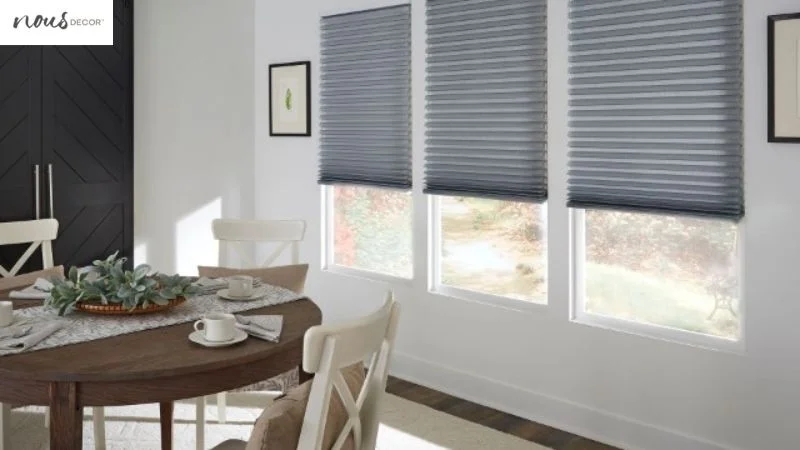
Light Control
Make your home comfortable and inviting with the right light control – compare cellular shades to curtains for the best options!
When it comes to enhancing your home with decor in terms of choosing between cell shades or curtains for controlling the amount of light in a room, each option has its own unique benefits. The following table lays out some of the key advantages that come with each choice:
| Cellular Shades | Curtains |
|---|---|
| Customizable levels of opacity, allowing you to adjust how much light enters | Soft, textured feel creates an inviting atmosphere |
| Flexible range of colors and textures | Easy to clean & maintain |
| High insulation properties help keep rooms cool in summer & warm in winter | Vast array of styles available for any decor |
Both cellular shades and curtains offer great ways to customize your interior lighting but when it comes down to it, cellular shades can be more effective at providing insulation while still giving you control over how much light is let into a room.
With their clever honeycomb design they can trap air inside which can act as a buffer against heat loss in winter and keep cool air from escaping during summer months. Plus, their wide range of colors and textures allows them to blend seamlessly into any décor.
The next section will discuss another important factor when deciding between cellular shades or curtains – insulation.
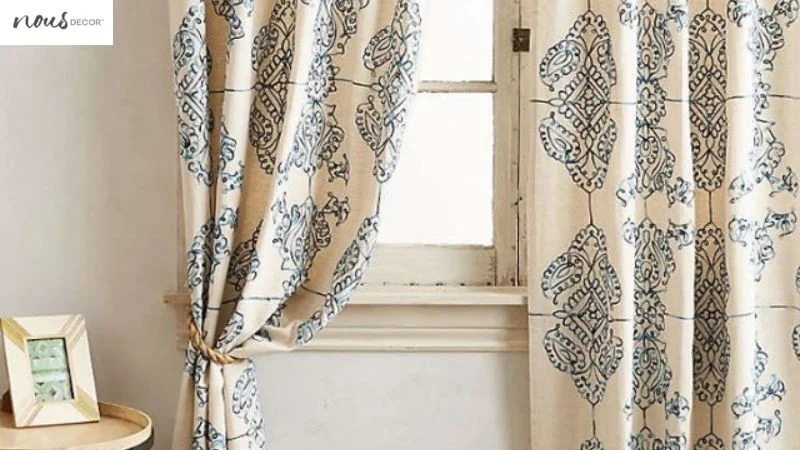
Insulation
Insulating your home is an important factor to consider when selecting window treatments, and choosing between cellular shades or curtains can make a big difference. Cellular shades are made from materials that help insulate against heat and cold, providing more protection than regular curtains.
This means that in the winter, you will be able to keep your house warmer with cellular shades, while in the summer months you can enjoy the cool air without worrying about excess heat coming through the windows.
Additionally, cellular shades come with an R-value rating which indicates how much insulation they provide – higher ratings mean better insulation.
Curtains also offer some level of insulation but not as much as cellular shades due to their different construction material. They are usually made of lightweight fabrics such as lace or cotton which do not have much ability to insulate against either cold or hot temperatures.
If you are looking for window treatments that offer extra insulation during all four seasons then it might be best to choose cellular shades over curtains for this purpose.
However, if your main concern is aesthetics then opting for curtains may be a better choice since they come in a variety of colors, patterns and styles while providing just enough insulation for most households.
And if you need further protection from the elements then layering them with other drapery panels can add additional thermal resistance.
Transitioning into the next section on ‘maintenance’, it is important to understand how both types of window treatments should be cared for over time so they last longer and look good too.
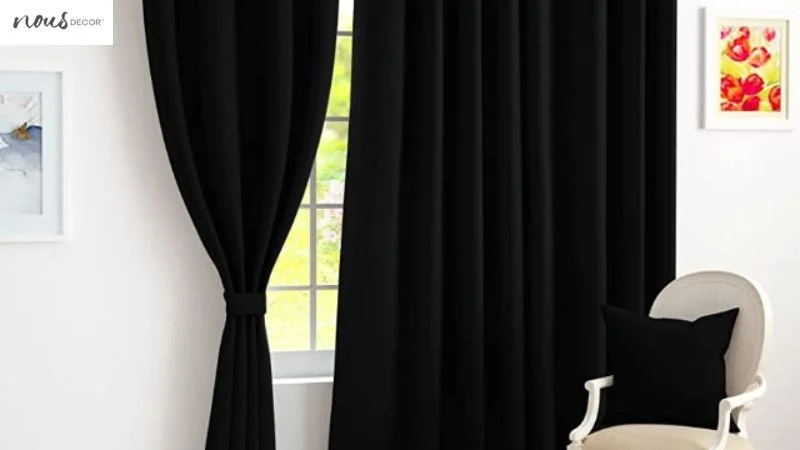
Maintenance
Taking proper care of your window treatments is essential to preserving their beauty and ensuring they last for years to come. When it comes to cellular shades vs curtains, maintenance will depend on the material type.
Cellular shades are typically made from polyester or nylon and must be periodically vacuumed using a soft brush attachment on the lowest setting. To clean deeper stains, a mixture of mild soap and water can be used with a damp cloth, followed by wiping them down with another damp cloth.
On the other hand, curtains may require more frequent cleaning due to heavier use; regular dusting with a soft cloth helps prevent dirt build up. If necessary, curtains can also be machine washed or dry cleaned depending on instructions from the manufacturer.
When caring for either window treatment, take extra caution when applying cleaners directly onto fabric surfaces as harsh chemicals can cause fading or discoloration over time. Additionally, make sure you check for any loose threads before hanging them back in place as these could lead to further damage if not addressed early on.
Lastly, always refer to the manufacturer’s instruction manual for additional information about how best to maintain your window treatments; this will ensure that they stay looking like new while providing optimal performance in your home for many years into the future – without costing an arm and a leg!
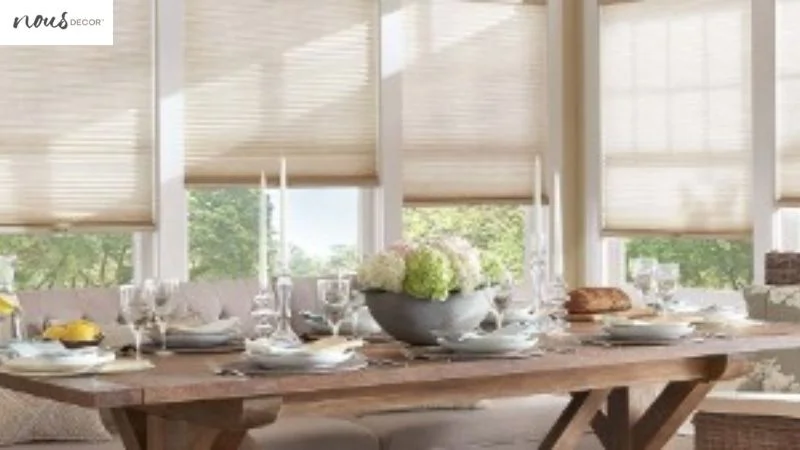
Cost
When it comes to window treatments, the cost can be a major factor in the decision-making process; however, both cellular shades and curtains can offer great value for money. In terms of initial price, cellular shades are generally more expensive than curtains.
However, they also tend to last significantly longer than curtains which makes them a better long-term investment:
- Cellular shades have a longer life span – up to 15 years with proper care and maintenance.
- They require minimal upkeep which helps save money on replacement costs over time.
- The energy-efficient design of cellular shades helps keep heating and cooling bills down since less air escapes through the windows.
- Curtains may need to be replaced as often as every few years due to fading or wear and tear from constant use.
On top of that, specialty options such as motorized blinds or blackout shades will cost more but provide additional benefits that could make the extra expense worth it in certain situations.
Ultimately, when weighing the cost between cellular shades and curtains, it is important to consider not just the initial outlay but also how much you’ll end up spending in the long run for upkeep and replacement costs.
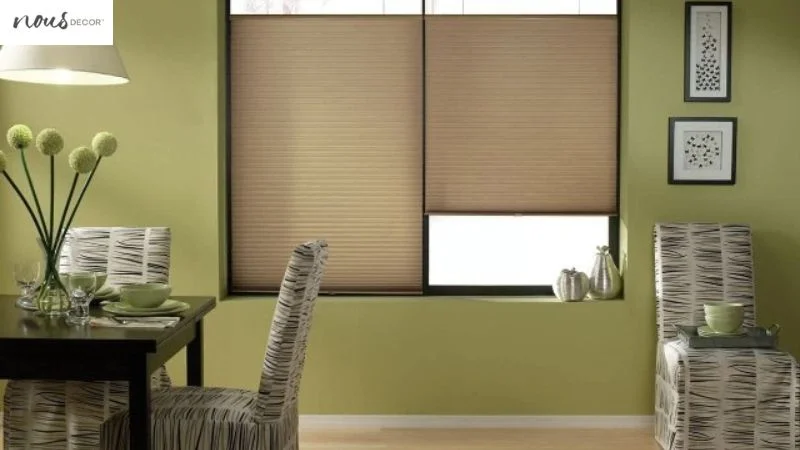
Durability
Moving away from the cost of curtains and cellular shades overview, durability is another important factor to consider when choosing window treatments. Cellular shades are known for their sturdy construction compared to curtains.
The tightly woven cells of these shades help keep out dust, dirt, and allergens while providing insulation against heat loss in winter and air conditioning escape in summer. Cellular shades also come with a variety of hardware options that can increase their strength and stability over time.
Curtains on the other hand offer less resilience than cellular shades due to their loose fabric structure. Over time, regular wear and tear can cause curtains to weaken or fade in color depending on the material they are made out of.
In addition, curtains may require more maintenance than cellular shades due to the need for frequent washings or dry-cleaning which can be time consuming.
While both window treatments present different levels of durability, it’s ultimately up to you as a homeowner to weigh your options carefully before making a decision on what type of window covering is best for your home.
With all factors taken into account such as cost and durability, selecting the proper window treatment will make sure that you get exactly what you need now – as well as down the road!
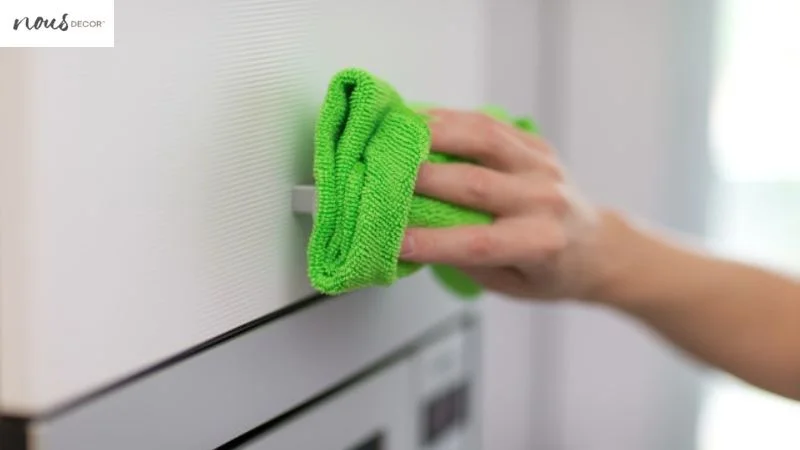
Fire Resistant
Considering the potential risks associated with fire, it’s important to choose window treatments that are both stylish and flame-retardant. Cellular shades offer just that, as they can be treated with a fire-resistant coating for added protection.
Curtains may also be treated to become fire resistant, but there is usually an extra cost involved for this service. The fabric of cellular shades is inherently less flammable than most fabrics used in curtains so their natural level of protection from fire is higher than curtains.
When comparing cellular shades and curtains in terms of fire resistance, cellular shades have the advantage since they can provide greater safety without additional costs or treatments. However, if you decide on curtains instead, make sure to check your local regulations on flame retardants before purchasing them to ensure that your choice meets all safety requirements.
A variety of styles is another factor to consider when choosing between cellular shades and curtains. While both options come in various colors and patterns, cellular shades often feature more modern designs which fit better into contemporary settings while still providing necessary levels of fire resistance.
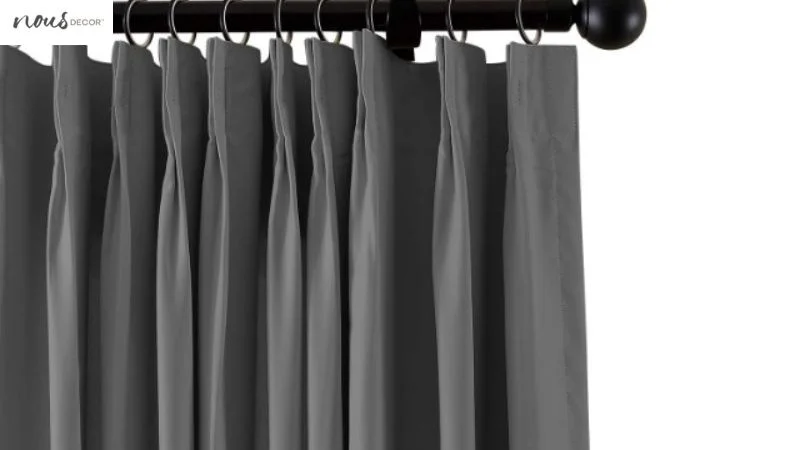
Variety of Styles
Both window treatments offer stunning style options, so you can find the perfect fit for your space without sacrificing safe window covering practices.
Cellular shades provide a wide range of colors, textures and opacity levels to give your room a modern or classic look. Curtains come in an array of fabrics, patterns and designs to match any decor style from traditional to contemporary.
| Cellular Shades | Curtains |
|---|---|
| Light filtering | Sheer |
| Room darkening | Blackout |
| Cordless | Grommets/Tabs/Pleats |
| Motorized | Valances |
No matter what design aesthetic you’re looking for, both cellular shades and curtains will help bring out the beauty of your home. Installing these window treatments is a simple way to add color, texture and pattern into any living space while also providing privacy and light control. Plus, they can also help reduce energy costs with their insulating properties!
Whether it’s time for a new look or just a little update, choosing between cellular shades and curtains can be tricky but exciting as well. With so many styles available on the market today, you’ll be sure to find something that fits your needs perfectly!
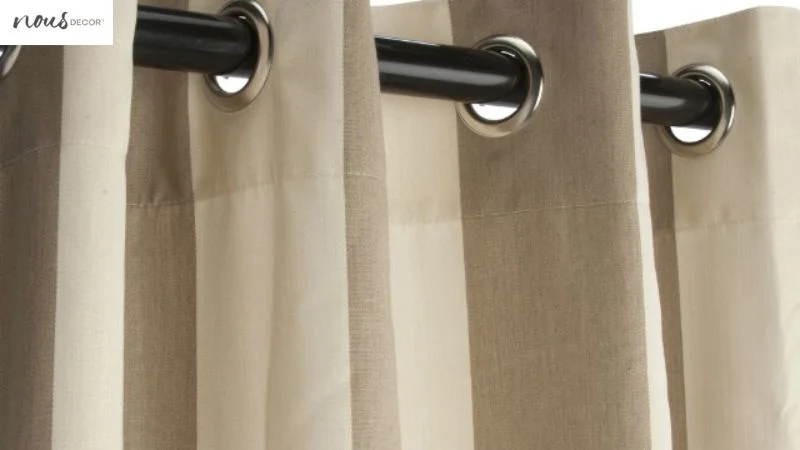
Child Safety
When it comes to child safety, both cellular shades and curtains provide excellent options. When choosing a window treatment for a room with children, cellular shades are ideal because their cords are safely tucked away within the headrail of the blinds. This means that they can’t be accessed by curious little hands.
Curtains also present an option since they come with cordless or motorized versions. For those opting for corded curtains, there are now available cords that retract after being pulled down so that they remain out of reach from children.
Another advantage of using cellular shades is their ease of use when cleaning them up. All you need to do is remove them from their brackets and give them a quick wipe with a damp cloth or vacuum cleaner attachment – no more worrying about having to take the shade apart to get rid of dust and dirt particles!
On the other hand, curtains need to be taken down completely in order for them to be cleaned properly which may take some time depending on how many panels are needed.
Cellular shades and curtains both offer great child safety features but each one has its own advantages and disadvantages when it comes to ease of maintenance.
It’s important to consider all the factors before deciding on which window covering will best suit your needs as well as those of your family’s safety requirements.
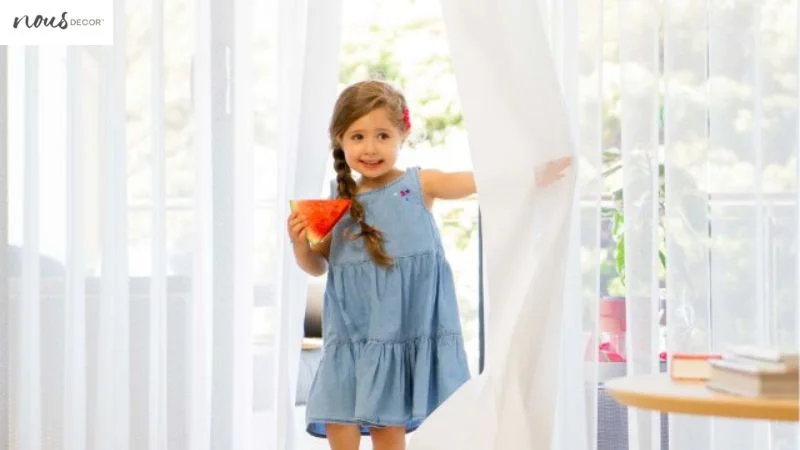
Frequently Asked Questions
Conclusion
When it comes to choosing the best window treatments for your home, both cellular shades and curtains can be great options. Ultimately, the choice depends on what you’re looking for in terms of aesthetic appeal, privacy, light control, insulation, and more.
If you need something that offers a variety of styles with good durability and fire resistance, then cellular shades could be the right solution for you. On the other hand, if you want something that provides more insulation and is easier to maintain, curtains might be your preferred option.
In either case, child safety should always be taken into account when selecting any type of window covering. For more comparisons, check out our article on cellular shades versus faux wood now!


